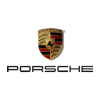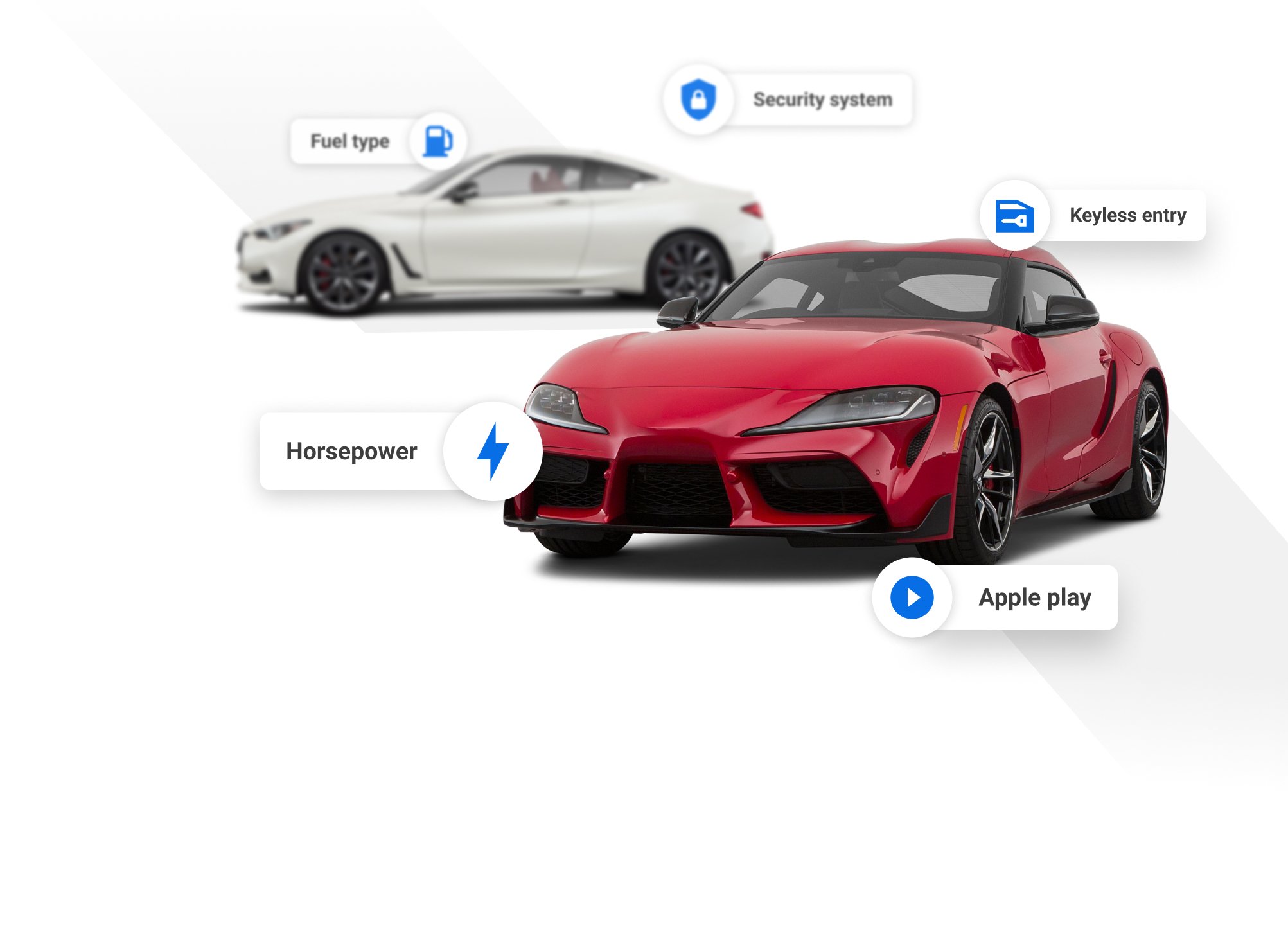
2017 Porsche 718 Cayman


Key Specifications for 2017 Porsche 718 Cayman






Buyer’s Guide
Porsche’s Cayman may be the brand’s entry-level coupe, but it’s far more than just a basic sports car. Thanks to its mid-engine rear-wheel-drive layout, and track-honed steering and suspension, it has earned its reputation of being one of the best all-around sports cars money can buy.
While not an entirely new generation model for 2017, the Cayman has been heavily revamped. It gains revised styling, an updated interior, a pair of new powertrain, as well as a new model prefix: 718. With the exception of the roof, hood, and fastback, all the sheetmetal on the car is new, as are the front and rear fascias. New headlamps, dotted with LEDs and with available full LED main beams, plus revamped tail lights bring the 718’s look in line with the 911, Cayenne, and the new Panamera.
Interior changes are more subtle but no less important. The upper half of the dashboard sports a cleaner design, plus there's a new three-spoke multifunction steering wheel inspired by the legendary 918 Spyder supercar. Crowning the centre stack is a brand new infotainment system with all-new graphics, plus available Apple CarPlay and Android Auto capability.
The 718 Cayman is offered in two forms – standard and S. The standard engine is a 2.0-litre four-cylinder with direct injection, but in traditional Porsche form, it takes a horizontally-opposed layout. The engine produces 300 horsepower and 280 lb-ft of torque, an increase of 25 horsepower and 66 lb-ft of torque over last year’s 2.7-litre six-cylinder. The new 718 can accelerate to 100 km/h in as little as 4.7 seconds, and has a city economy figure of 10.5 L/100 km and a highway figure of 8.0 L/100 km.
The Cayman S uses a larger 2.5-litre version of the engine and features a more sophisticated turbocharger for improved performance. This larger engine develops 350 horsepower and 310 lb-ft of torque. The gain of 25 horsepower and 37 lb-ft of torque are significant if not as great as the standard model. With this engine upgrade, the Cayman S is well within 911 territory, accelerating to 100 km/h in as little as 4.2 seconds. City fuel economy is as low as 11.0 L/100 km and 8.4 L/100 km with this powerplant.
Both the Cayman and Cayman S are available with a seven-speed automated dual-clutch transmission (PDK in Porsche terms); those hoping for the 911’s seven-speed manual will have to wait as it is not yet available. The standard transmission is a six-speed manual.
Beyond the upgraded engines, both the Cayman and Cayman S have received improved suspension components to deal with the added power. All models get the same steering rack used in the Porsche 911 Turbo which is some 10 percent quicker than before, while the brakes the standard Cayman are upgraded to the units used in last year’s Cayman S. The Cayman S gets the four-piston stoppers out of the 911.
As before, the Cayman’s options list is rich with performance-improving equipment. Buyers can opt for upgraded suspension systems that have adaptive damping, and a lower ride height, torque vectoring for enhanced agility, and the Sport Chrono Package, which adds a new maximum-thrust function that cranks up performance for all-out performance. Carbon ceramic brakes, a staple on mega-buck supercars is an option.
Since arriving on the market a decade ago, the Cayman has been positioned above the Boxster in Porsche’s range; this changes with the 718 Cayman, which is now less than the Boxster. Pricing now starts at $61,500 for the base model with the S selling for $75,600.
Review & Compare:
Photos
























































AutoTrader Review





















